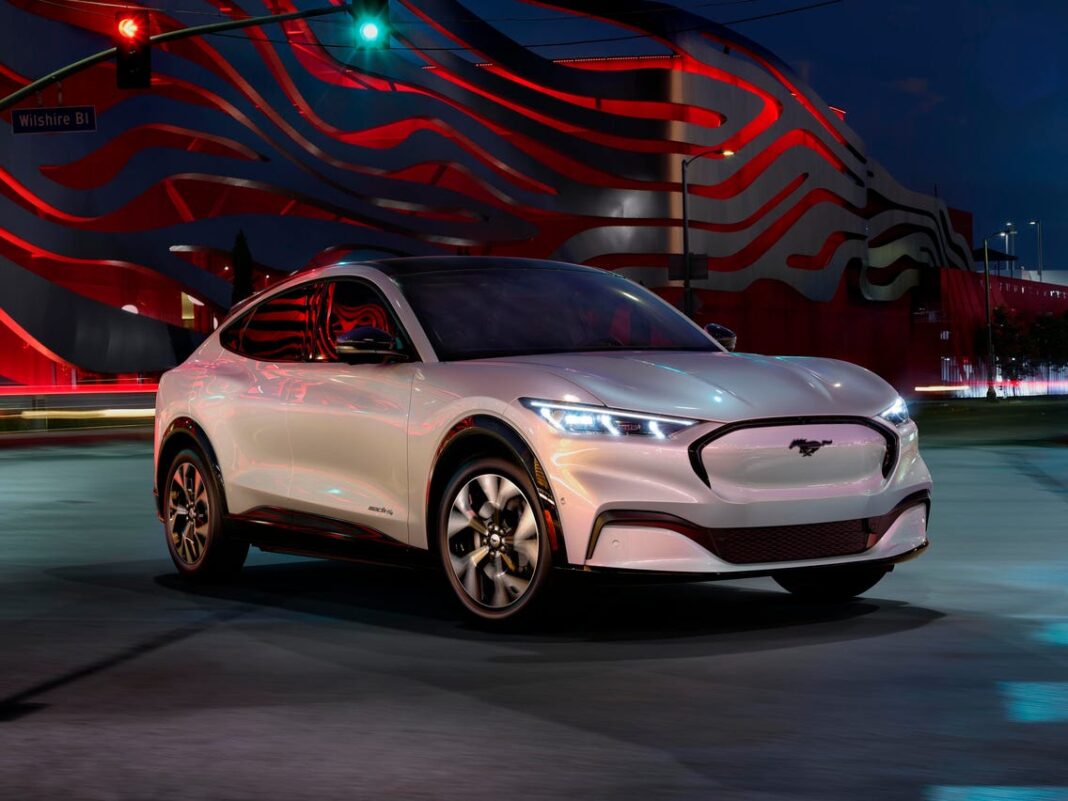The electric vehicle market is set to continue its growth, with sales projected to reach 14 million this year alone, up from 10 million in 2022. This growth is part of a historic transformation of the auto industry, with electric vehicles taking an increasing share of the overall car market, expected to reach 18% this year. This information is captured in the International Energy Agency’s (IEA) Global EV Outlook 2023.
The rise of electric cars is having significant implications for the energy sector, especially oil. By 2030, electric cars will avoid the need for at least 5 million barrels of oil per day, according to the IEA. This is a major shift, as the internal combustion engine has been dominant for over a century.
Is Guyana ready to go electric? | OilNOW
The vast majority of electric car sales to date have been concentrated in China, Europe, and the United States. However, the IEA said ambitious policy programs in major economies, such as the European Union’s Fit for 55 package and the United States’ Inflation Reduction Act, are expected to increase market share for electric vehicles this decade and beyond.
One positive knock-on effect of the rise of electric cars is the growth in battery production and supply chains. The IEA’s Global Electric Vehicle Outlook report highlights that announced battery manufacturing projects would be more than enough to meet demand for electric vehicles to 2030 in the IEA’s Net Zero Emissions by 2050 Scenario.
All electric vehicle imports to Guyana to be tax-free in 2023 | OilNOW
However, manufacturing remains highly concentrated, with China dominating the battery and component trade. The IEA said other economies, such as the European Union and the United States, have announced policies to foster domestic industries that will improve their competitiveness in the electric vehicle market in years to come.
Despite a concentration of electric car sales and manufacturing in only a few big markets, the IEA sees promising signs in other regions. It said electric car sales more than tripled in India and Indonesia last year, albeit from a low base, and more than doubled in Thailand. In emerging and developing economies, the most dynamic area of electric mobility is two- or three-wheel vehicles, which outnumber cars.



